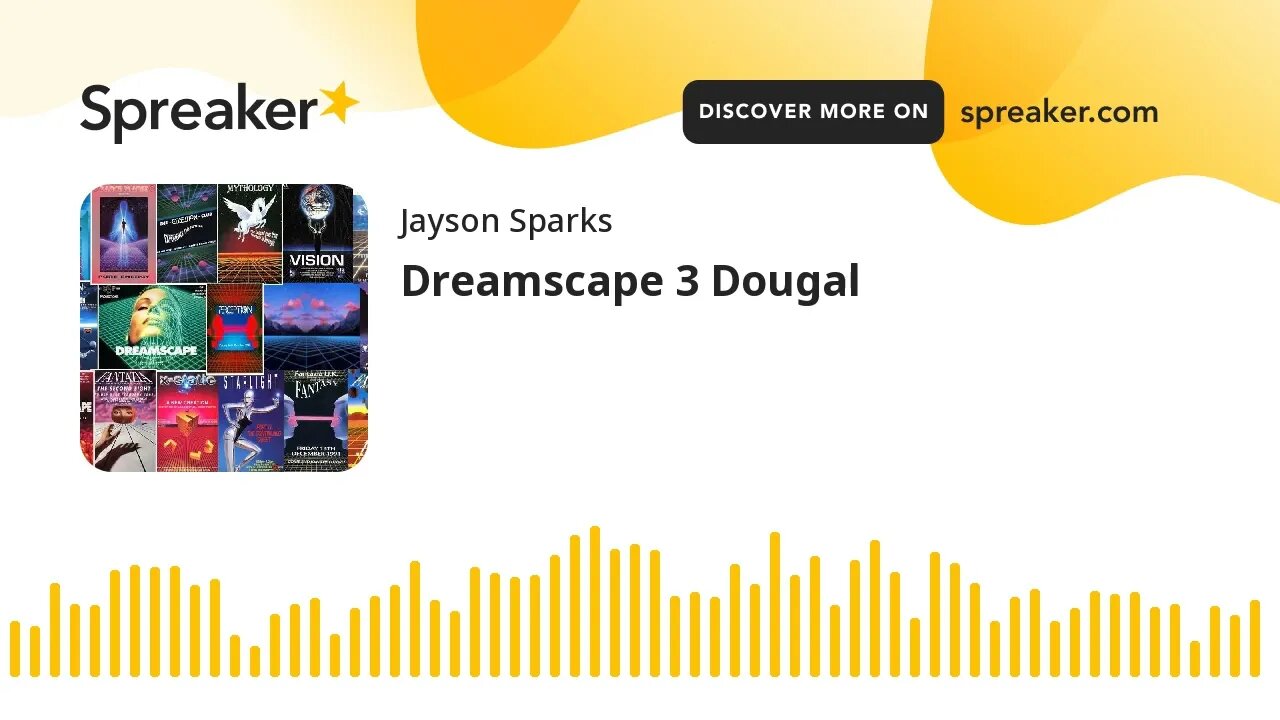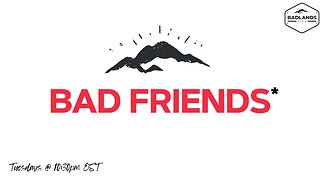Premium Only Content

Dreamscape 3 Dougal
Source:
https://www.spreaker.com/user/therealbipolarradio/dreamscape-3-dougal
Raves in the 1990s were a significant cultural phenomenon characterized by electronic dance music (EDM), underground parties, and a unique countercultural vibe. Here's a closer look at raves during this decade:
Rise of Electronic Dance Music: The 1990s saw the rise of electronic dance music as a dominant force in the music industry. Genres like techno, trance, house, drum and bass, and rave music became incredibly popular in clubs and at raves.
Underground Scene: Raves were often associated with the underground music and party scene. These events typically took place in abandoned warehouses, open fields, or other unconventional venues, creating a sense of adventure and rebellion.
Music and DJs: DJs played a central role in raves, as they were responsible for creating an immersive musical experience. Iconic DJs like Carl Cox, Paul Oakenfold, Sasha, and John Digweed gained worldwide recognition during this era.
Technological Advancements: The 1990s marked a period of technological innovation in music production and DJing, with the introduction of digital synthesizers, drum machines, and CDJs (digital turntables). These innovations allowed for more creativity in electronic music.
Multisensory Experience: Raves were known for their multisensory experiences, with elaborate light shows, laser displays, projection screens, and other visual effects enhancing the music. Psychedelic and trance visuals were particularly popular.
Fashion and Culture: Rave fashion was characterized by bright colors, baggy clothing, smiley face motifs, and a focus on comfort for dancing. The "candy raver" style included beaded bracelets and necklaces known as "kandi," which were often traded among attendees.
PLUR (Peace, Love, Unity, Respect): PLUR was a common ethos within the rave community, emphasizing values of peace, love, unity, and respect. It encouraged a sense of inclusivity and positivity among attendees.
Ecstasy and Drug Use: Rave culture in the 1990s was often associated with the use of ecstasy (MDMA) and other drugs. While many ravers used drugs recreationally, there was also a push for harm reduction and safer partying practices.
Legal and Law Enforcement Challenges: The popularity of raves and their association with drug use led to increased scrutiny and regulation by authorities. Some cities and countries implemented strict laws and regulations on rave events.
Decline and Commercialization: By the late 1990s, some raves began to lose their underground, countercultural appeal as they became more commercialized and mainstream. Many ravers lamented the shift from underground parties to large, corporate-sponsored events.
Legacy: Despite the changes and challenges, the 1990s rave culture had a lasting impact on music, fashion, and youth culture. Elements of rave culture continue to influence EDM festivals and the electronic music scene today.
Raves in the 1990s were a unique and vibrant subculture that played a pivotal role in shaping electronic dance music and youth culture during that era. They were more than just parties; they represented a form of cultural rebellion, self-expression, and a sense of belonging for many who were part of the scene.
-
 12:37
12:37
World2Briggs
16 hours ago$100,000 Will Get You A House In These US Cities
1131 -
 3:22
3:22
Nick Shirley
11 hours agoI'm Irish Now" Syrian Migrant Receives €500 a Week from Ireland
4133 -
 12:40
12:40
Tundra Tactical
11 hours ago $0.09 earnedGEN Z Brit 3D Prints a WORKING Gun Pt.2!
8331 -
 10:45
10:45
The Rich Dad Channel
17 hours agoWhy Working Hard Will Keep You Poor (Unless You Do This)
1.48K -
 16:32
16:32
Melonie Mac
13 hours agoPhoebe Waller Bridge fails to deliver Tomb Raider script
2.26K4 -
 17:19
17:19
ARFCOM Reviews
16 hours agoComplete SI Pistol Build | Strike Arms Compact Pistol
9071 -
 1:08:43
1:08:43
MTNTOUGH Fitness Lab
12 hours agoInside the WILDEST Career Switch: How a Ballroom Dancer Conquered the Hunting World
9872 -
 26:57
26:57
Uncommon Sense In Current Times
13 hours agoDefending Your Christianity Without Overcomplicating It (Part 1) | Greg Koukl
1.17K1 -
 52:58
52:58
State of the Second Podcast
11 hours agoThe Unfiltered HONEST Truth About the Firearms Community (ft. Whiskey & Windage)
1.35K2 -
 2:22:54
2:22:54
Badlands Media
12 hours agoBad Friends Ep. 1: In the Beginning Was the Word... and a Lot of Chaos
74.7K64